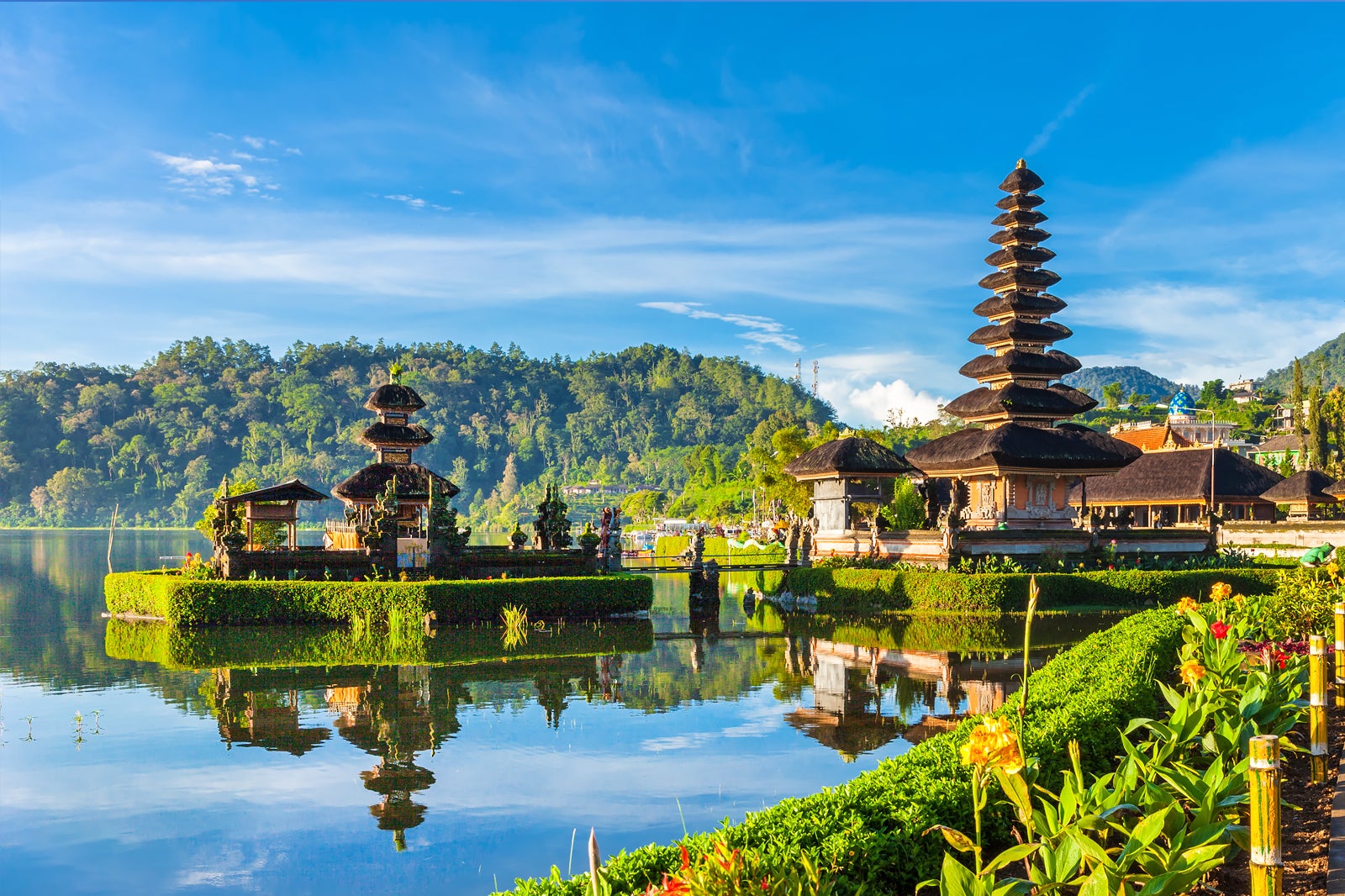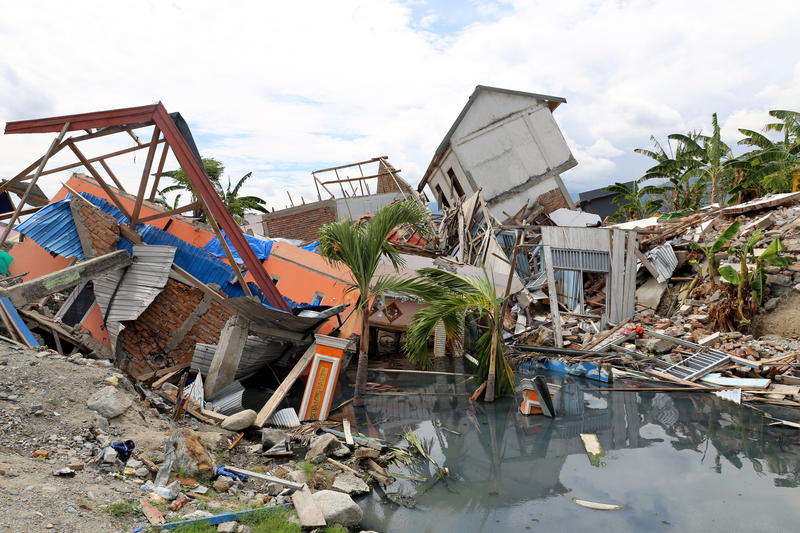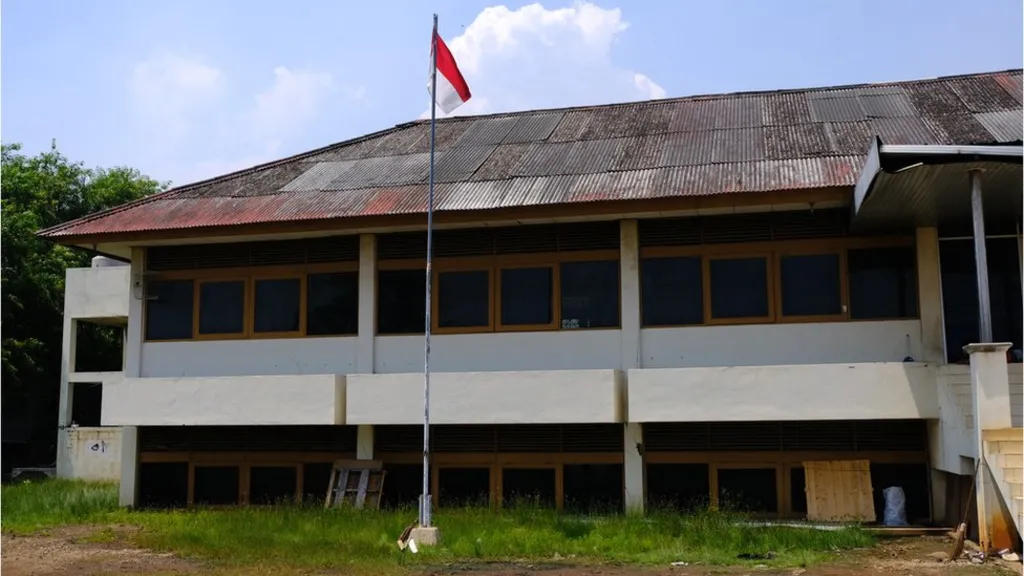Final Hazards Report
The most dangerous hazards of Indonesia are earthquakes and land subsidence. These two hazards are capable of causing and intensifying other hazards. Earthquakes can cause tsunamis, volcanic eruptions, landslides, and sinkholes. Land subsidence can cause sinkholes and landslides and can intensify flooding and coastal erosion. These two hazards have large economic effects and are root hazards in the country of Indonesia.
Earthquakes
Indonesia sits on the intersection of 3 plate boundaries: the Eurasian, Philippine, and Australian plates. These boundaries have created various types of faults which are very active, on average the country and its neighbors experience 320 earthquakes ≥ 5.0 magnitude and 3 earthquakes ≤ 7.0 magnitude per year. About 50% of the world's seismic activity has come from or around the island of Sumatra since 2000. In the last 30 days alone (4/21/25-5/21/25) 191 earthquakes have occurred in and around Indonesia ranging from 4 to 6.5 magnitude. The largest recorded earthquake in Indonesian history was a 9.1 megathrust off the coast of Sumatra which triggered a tsunami that killed around 200,000 Indonesians.
 |
| Map of seismic activity from the last decade range set from 4.5 - 8.0 magnitude. |
Earthquakes also contribute to volcanic activity. In 2001 a 6.3 magnitude earthquake caused fumarole temperatures to rise in Mount Merapi, one of the most active volcanoes in the world. Another earthquake later that year triggered an increase in magma extrusion and pyroclastic flow. The frequency and damage collateral or not of earthquakes makes them a high priority hazard to address. Suggested mitigations include educating communities on earthquake preparedness, including what to do during an earthquake and after, creating an evacuation plan, and making a disaster kit. Improving infrastructure quality and demanding new buildings meet earthquake safety codes. Implementing and improving alert systems and warnings, as well as improving seismic activity monitoring.
Land Subsidence
Indonesia's subsidence issues are caused by groundwater extraction, urban development and natural consolidation of soil. Rapid urbanization has led to poor urban development which has left some cities unequipped to accommodate growing populations. A majority of the country's major cases of subsidence are in populous cities. High demand for water has resulted in an influx of ground water pumps. For example, in the capital city Jakarta groundwater extraction and building weight has parts of the city sinking by 1cm to 20cm a year. The piped water supply can only serve 40% of the city leaving a vast majority without water. Other natural water sources are heavily polluted and unconsumable due to lackluster sewage systems. To solve this problem citizens began digging their own wells , many of which are undocumented, these wells aren't regulated or monitored and are prone to over extraction.
Land subsidence causes structural damage and can increase the probability of flooding events. Residents have noticed cracks in the walls and pillars of their houses and their homes are becoming flooded more frequently. Floods have become more intense and existing mitigations have become obsolete, punishing low lying communities. To mitigate this hazard I would suggest major infrastructure upgrades, specifically plumbing, and government action on cracking down on undocumented wells and over extraction. Better city and long term development planning, as well as regulations on building materials to make structures lighter. Implementing rainwater collection systems, reservoirs, and reintroducing natural water retention zones.
The city I would help would be Jakarta since about 40% of the city is under sea level and is at risk to be completely submerged by 2050 without regulation. If I were to live in Indonesia I would construct my house in Kalimantan on the island of Borneo. The island is farther away from the plate boundaries and is less prone to earthquakes and volcanic activity.
Sources:
https://earthquake.usgs.gov/earthquake map
https://www.intechopen.com/chapters/57502
https://agupubs.onlinelibrary.wiley.com/doi/full/10.1029/2021GC009812
https://ekaputrawisata.com/jakarta-sinking-the-challenges-and-solutions/
https://www.bbc.com/news/world-asia-44636934
https://www.space4water.org/news/jakarta-nusantara-land-subsidence-and-other-pressin
https://codeblue.galencentre.org/2023/05/how-jakarta-has-dug-itself-into-a-hole/
https://www.earthobservatory.sg/research/tectonics/observational-seismology/indonesia-seismology
https://www.britannica.com/event/Indian-Ocean-tsunami-of-2004



Good final reflection!
ReplyDelete